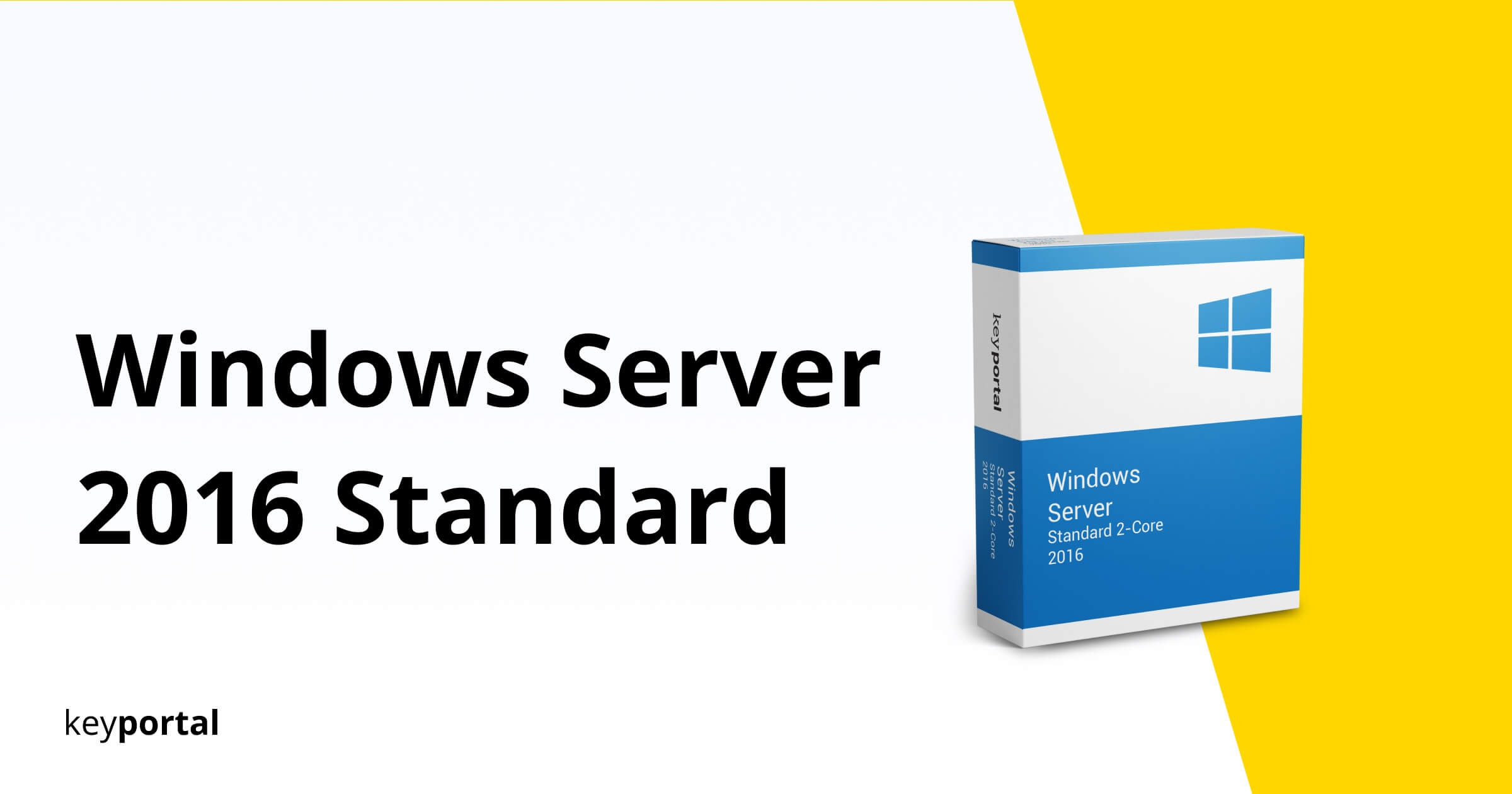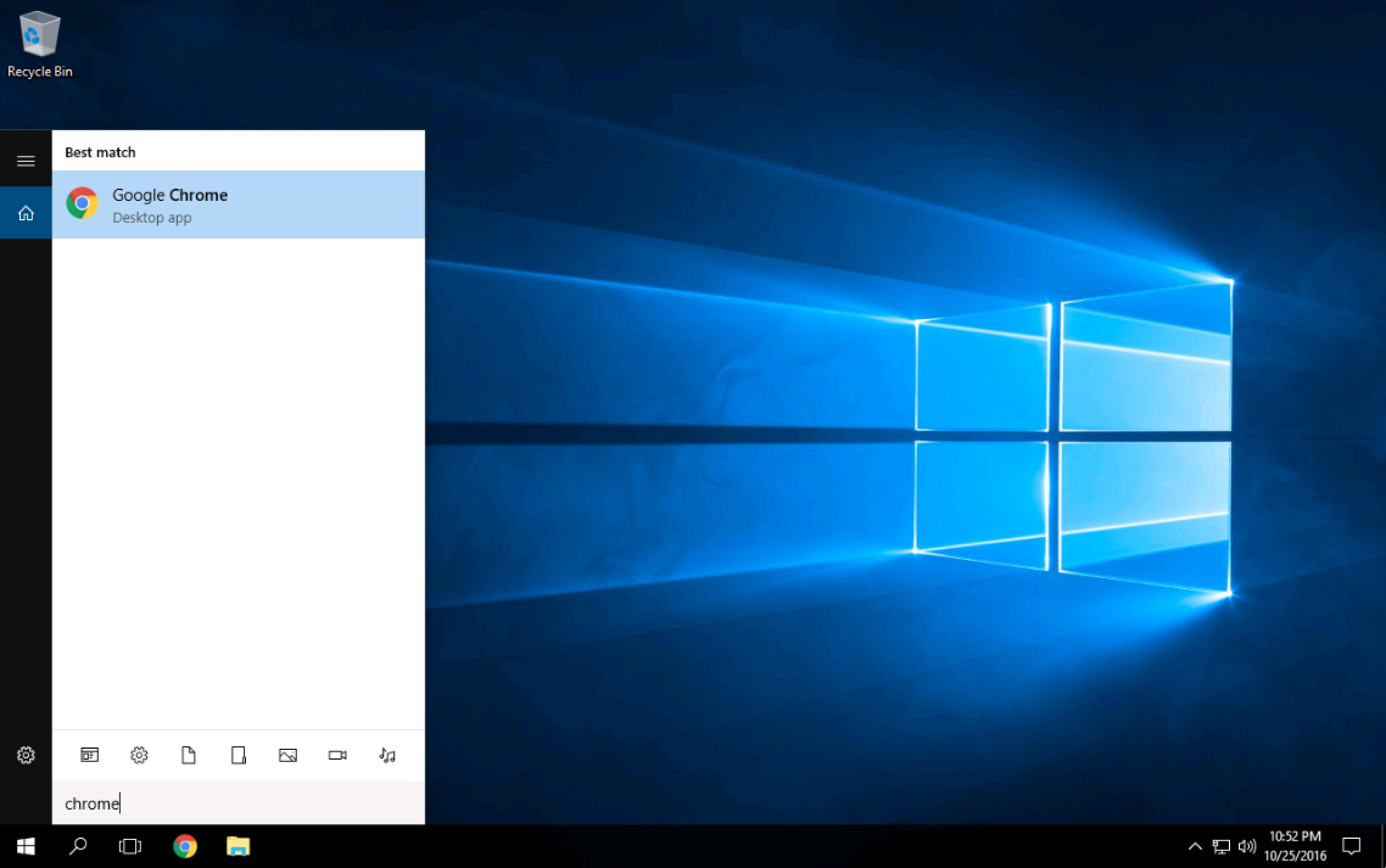

Microsoft Office is available for Windows, Mac OS X, iOS, and Android. There are more installs of Office out there than there are installs of Windows (all versions). However, the Windows 10 previews started as reasonably minor revisions before incorporating more radical changes, so we'll reserve judgement on Office 2016 until we're further down the road to release.Microsoft Office is probably the flagship product for Microsoft, aside from Windows itself. There are minor changes made to some of the other Office apps, but at this stage it looks like a fairly insignificant update, rather than three years of work in progress.

Users can also take greater control of the amount of storage that Outlook can swallow on your device, with new settings that allow you to retain only the past 1, 3, 7, 14 or 30 days of email. Microsoft has made it easier to attach documents to emails, with a dropdown list of recently worked on documents appearing when you click the Attach File button in the ribbon. Microsoft also claims to have made some under-the-hood improvements to Outlook, including speeding the delivery of email, especially after resuming from hibernation mode. In fact, Outlook starts to look very much like the Windows 10 Mail app when it's run in a smaller window, which isn't necessarily a criticism and makes the app more usable for tablet or touchscreen device owners. The appearance of the Outlook app changes when you reduce the size of the window, with panels and sidebars hidden when there's less screen space to play with.

Outlook's been given a more serious overhaul. The most obvious alteration is the addition of a search bar to the Word 2016 ribbon menu (which actually appears in many other apps) that allows you to search for the feature or function you require, instead of delving through the various ribbon tabs. The changes are subtle, to say the least. Indeed, when you first fire up Word 2016, you'd be forgiven for thinking you've opened Word 2013 instead. Those who do manage to install Office 2016 won't be blown away by an enormous visual change. We certainly wouldn't recommend you install it on your primary work PC, not least because you have to remove Office 2013 to run the new suite. The Office 2016 preview continually crashes on our Windows 10 test PC, and Twitter chatter suggests many others are having problems installing and running this software. That label suggest Microsoft doesn't think this release is ready for mainstream consumers, and if our preliminary tests are anything to go by, we'd have to agree with them. The new version of the Office suite is expected to be finalised later this year or early next, but Microsoft has now released an " IT Pro and Developer Preview". Microsoft has released its first preview of Office 2016 for PC users.


 0 kommentar(er)
0 kommentar(er)
